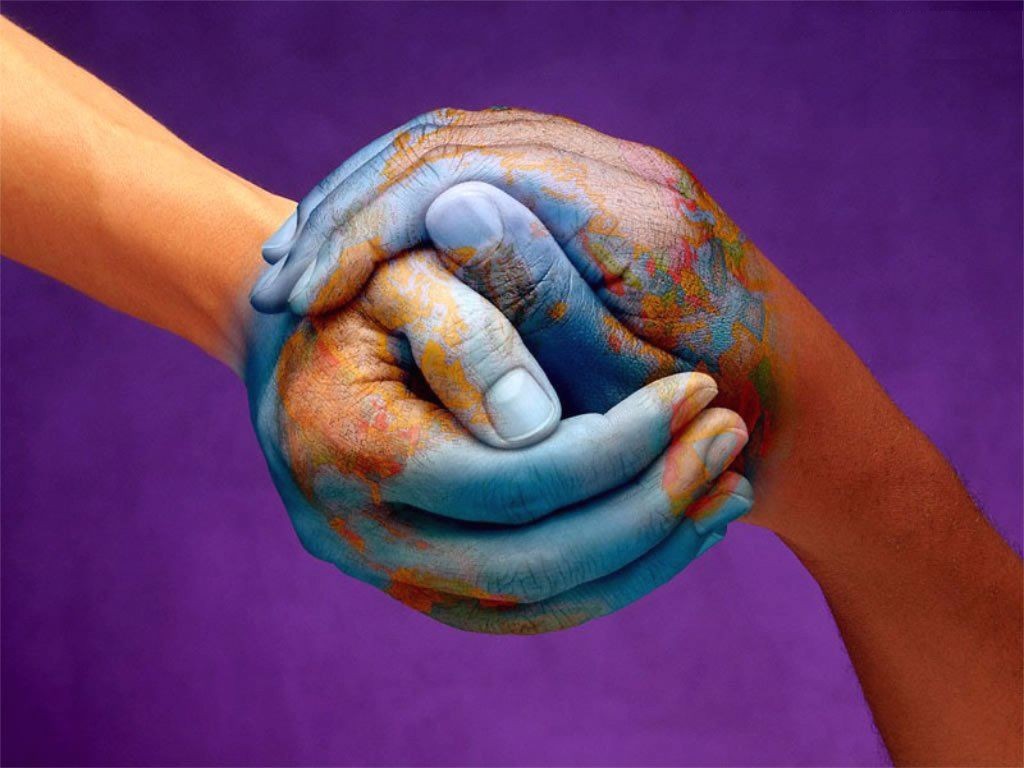I added this video because it's my favorite Dr. Seuss story of all time and I thought it fit perfectly into the lesson! (And it always makes me cry...!)
This week has definitely been the most interesting week of Art 111. I had no idea that art is this complex and my mind is racing! I absolutely loved our guest speaker on Tuesday. His name is Ron Graff and mainly, he paints. I love him because of his dedication to his work. He is truly an inspiring human being. Oh, and did I mention that he is hilarious?! Well, he is hilarious..! Anyway, I’m going to start off with something that Graff said that really stuck to me. He said, “You’re never going to figure out a form that fits in all audiences.” That statement seems pretty weighted to me because it relates to so much more than that. Most of all, it relates to what my class seemed to be focusing on this week: diversity. There is diversity in absolutely everything! Every speck of dust and dirt and hair on your head is different. Diversity is completely natural and there will never be a way to change that. But there is way to change the way the world deals with that diversity. Similarly, there is a way for the art world to deal with the different of types of art. There should also be a way for the artists to deal with political diversity through their work.
Arthur C. Danto has been an art critic for the Nation since 1984. He is also a professor at the University of Columbia and teaches philosophy. He had a conversation with Suzi Gablik in our class text “Conversations before the End of Time”. He said “I probably can’t write about something unless I find a philosophical way of doing it” (289). This idea takes me back to something that Graff said about the way he paints. Graff talked about the “mythology” of the way he painted; which means that he painted strictly from feeling and not from the way that the painting looked. This makes his process seem philosophical. He compiles images in his mind based upon an inspiration and this makes his work undeniably unique. During his artistic journey, Graff has made many changes. He started with sculpting, then went to painting, and switched to drawing when he got bored with painting. His painting started as realistic still-life then went to abstract, then came back to still-life, and ended up starting from scratch and painting the way he felt like he should. But where does this fit in to the main-stream of art? Graff says, “Who knows?” Danto says he misses the “overthrowing” of the good ‘ole days, but now defends artists like Graff who don’t really fit in. I say, just like Graff did, that no one will ever be able to please every audience with their work.
Coco Fusco is a performance artist who deals mainly with diversity. She believes that the “most interesting activity in the arts in the ‘New World’―versus the ‘Old World’―involves breaking down those very hierarchies” (319). Fusco said, “I think the problem has to do with politics, and an attitude toward culture and toward artistic production that prevails in Europe, that is very class-based, and ultimately very elitist―and for me, very stultifying” (319). This is interesting because Graff was talking about how his art fits into the world of art and Fusco is talking about how the world of art fits into the world. There are so many layers to art, it is so amazing! She did multiple performances with another artist named Guillermo Gomez-Pena. “They lived in a gilded cage for several days and posed as aboriginal inhabitants from an undiscovered island in the Gulf of Mexico” (312). There were many different places around the world where they did this performance; Spain, London, Washington D.C., Australia, Chicago, and New York. The effects of this kind of art in these different locations varied considerably! The most interesting, to me, was the effect it had in Spain. Fusco was doing it as a part of the quincentenary and they did it in the Columbus Plaza. They were most concerned about the political damage that they would have on the image of Spain during the year of the quincentenary. Their concern was strictly political. This performance could definitely bring up a minority influence and cause major offenses. So in the scope of the world, Fusco was trying to make a point about the different affects that art has on different societies. Fusco said, “I think that much more has come to be included in our understanding of what artmaking is. For myself, I like to think of a productive relationship to society and to creating culture as being a back-and-fourth kind of movement between going out into the world and learning about people, places, and situations, and then going back and reflecting on them in the work that I do” (333). So, ultimately, art should be all encompassing. Just like diversity, art should accept every form of genius.
This was such a perfect lesson for me to learn. This week in Art 111 has, by far, been my favorite! I’ve discovered so much and am so excited that I can see the layers and complexity of art. The way that Graff paints fits into Danto’s ideas. Their ideas can transcend to a larger picture that Fusco presents to the reader! This week made me realize that we all need to be open-minded and give things that we don’t understand a try so that we can grow to love them. It seems like a good solution to me!








